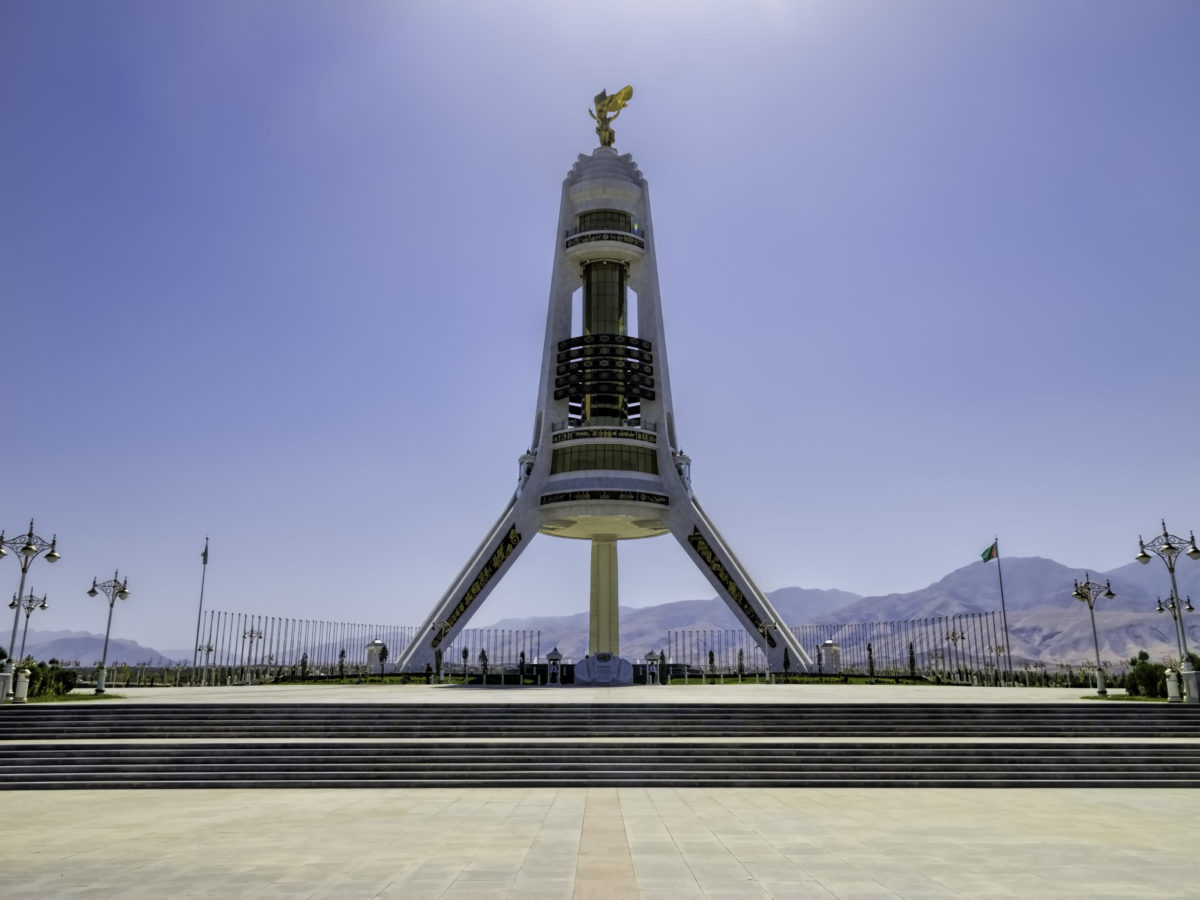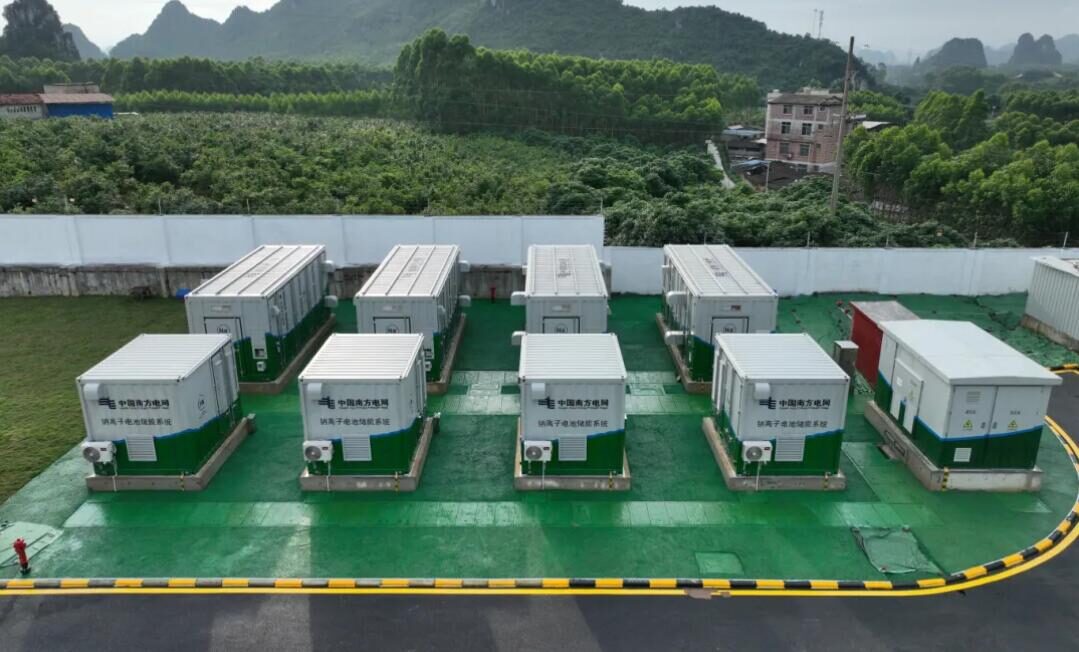Something is moving in Turkmenistan, one of the countries with the lowest solar development. The Organisation for Security and Co-Operation in Europe (OSCE) has organized a seminar on best practices in developing a national strategy for solar energy at the Turkmen State Energy Institute in Mary, Turkmenistan.
The event, which was attended by several government officials from the Ministry of Energy, the Ministry of Economy and Development, and the Institute of Solar Energy of the Academy of Science of Turkmenistan, intends to support the creation of the long-awaited regulatory framework for solar energy aimed at enabling the country to take advantage of its untapped potential.
The OSCE stressed that the seminar provided local policy makers with recommendations for further action to develop strategies for the future of solar energy.
OSCE’s seminar comes alongside the forthcoming forum of the Energy Charter to be held in the Turkmen capital Ashgabat at the end of May, and in which “issues of improvement of mechanisms of international cooperation in the energy sphere and accordingly, development of the multilateral frame agreement concerning transit of energy resources, on the basis of conventional norms of modern international law and experience which has been gained in this area by countries and international organizations will be discussed in details.”
The Turkmen government started to commit to developing solar energy in 2006. So far, however, extremely low prices for power, heat and gas have discouraged investments in renewable energies. Turkmenistan is, in fact, home to the fourth largest natural gas reserves.
In June 2014, the Turkmen Academy of Sciences was charged by the government with developing the above-mentioned solar energy research institute, with support from the Justice Ministry.
A tentative testing of the country’s potential was conducted in 2012 when the Academy of Sciences assessed Turkmenistan‘s quartz sand. It is widely believed that the county possesses vast monocrystalline and polycrystalline silicon reserves, which could be cheaply extracted with affordable energy as a result of the medium-sized gas and oil fields that abound throughout the country.
The European Union is currently providing €2.1 million in finance for the project on “Support to the Introduction of Sustainable Development Policies”. The project aims to strengthen the skills and structure of the government, which will be needed to address sustainable development.
The country receives in excess of 3,000 hours of sunshine a year in some parts, and boasts an average of 300 sunny days a year. Yet with an average solar irradiation intensity of 600 W per square meter, and near year-round sunshine for Turkmenistan’s dry desert areas (which cover 86% of the terrain), solar’s potential could soon begin to turn heads.
This content is protected by copyright and may not be reused. If you want to cooperate with us and would like to reuse some of our content, please contact: editors@pv-magazine.com.




I believe it’s not OECD but OSCE organized workshop. Pretty strange mistake.
Please correct this story. The event was organized by OSCE, not OECD. Here is the link to the original press release from OSCE:
http://www.osce.org/centre-in-ashgabat/312586
Thanks